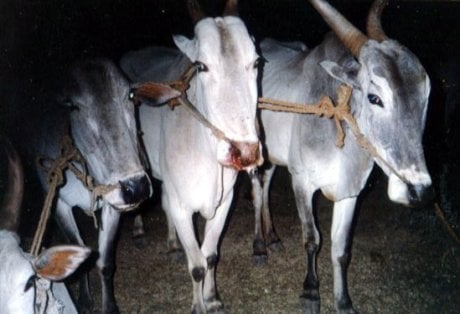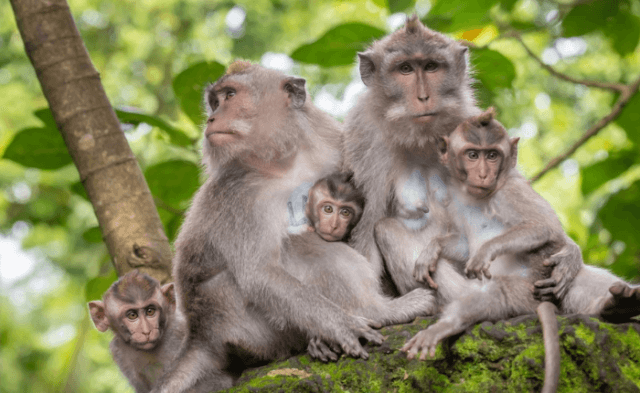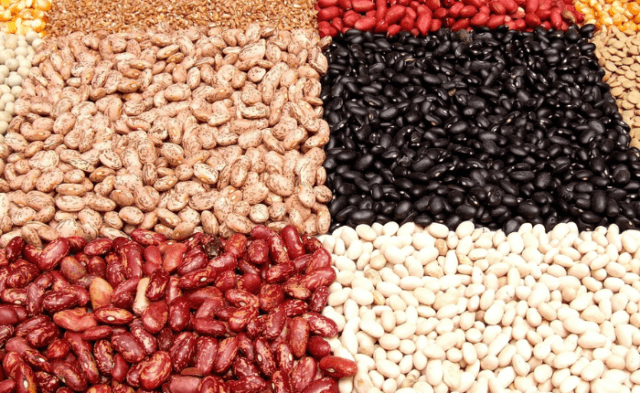When a multistory building that housed several clothing factories collapsed in Bangladesh in 2013, killing more than 1,100 garment workers, the world got a rude awakening: Our cheap clothes come at a high cost to others. This issue is back in the news now that police in Bangladesh have filed formal murder charges against dozens of people for their alleged roles in the tragedy. A hearing is scheduled for June 28.
Most of us would surely agree that no one should be forced to work in a deathtrap just so that those of us in the West can have cheap shirts and sandals. But how can we ensure that the clothes in our closets haven’t caused others to suffer needlessly?
The simplest way is to stop buying leather.
Just as the manufacture of other types of clothing has been outsourced to countries such as Bangladesh and China, where wages are low and unsafe working conditions are common, so has the production of leather goods.
PETA Germany investigated the growing leather trade in Dhaka, Bangladesh. Witnesses visited the poor residential district of Hazaribagh in Dhaka, where 15,000 laborers, some as young as 10, toil in more than 200 tanneries. Workers stand barefoot in toxic chromium effluent and handle acids and bleaches that can cause chronic skin diseases and even cancer. Even if workers are given cheap rubber boots to wear, they’re often not equipped with face masks or safety goggles to protect against the fumes that can cause severe respiratory problems. A full 90 percent of tannery workers there die before the age of 50.
Studies in India, too, have shown that tannery workers face a high mortality rate, mostly from respiratory diseases resulting from chromium exposure. Chromium, one of the most widely used—and dangerous—chemicals in the tanning process, produces the toxic chemical byproduct hexavalent chromium, or chromium VI, which is a known human carcinogen. Several studies have established links between the chromium used in tanning and cancer of the sinuses and lungs.
These chemicals endanger not only tannery workers but also those who live nearby. Mineral salts, formaldehyde, coal-tar derivatives, cyanide-based dyes and other dangerous substances are routinely used during tanning, and they are often simply dumped into rivers or on riverbanks. A study conducted by India’s National Cancer Registry Programme found that people living along the banks of the Ganges River in Uttar Pradesh, Bengal and Bihar are more prone to developing cancer than people living anywhere else in the country. In Kanpur, a city in Uttar Pradesh, alone, there are about 400 tanneries on the banks of the Ganges.
And of course, animals suffer, too. Animals killed for their skins are some of the most abused beings on the planet. Because skin is the most economically important coproduct of the meat industry, buying leather supports factory farms, where animals are warehoused in dark, crowded sheds, and slaughterhouses. Farmed animals’ eyes and lungs burn from the stench of ammonia, and they are castrated and dehorned without the benefit of any painkillers. At the slaughterhouse, as the terrified animals are prodded and kicked along to their death, they can smell, hear and see what is happening to those in front of them in the slaughter line.
The good news is that it’s easy to get the look of leather—if that’s what you want—without contributing to such suffering. A growing number of retailers now offer shoes, jackets, handbags, wallets and other items made from cork, bark, vegan Ultrasuede derived from post-industrial polyester, microfibers made from recycled plastic bottles and other high-quality materials that are less harmful than leather—for both humans and animals.





